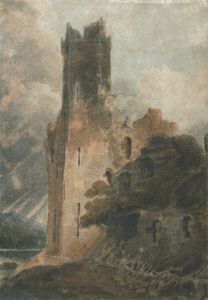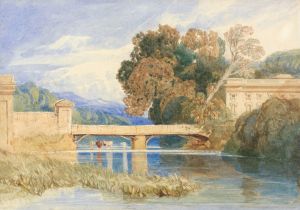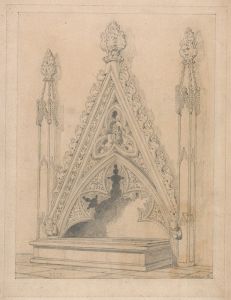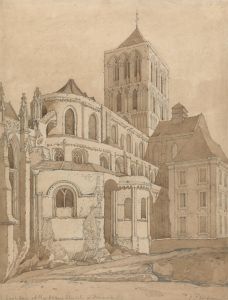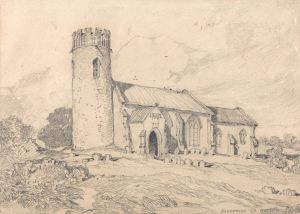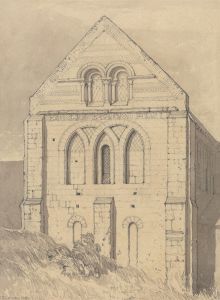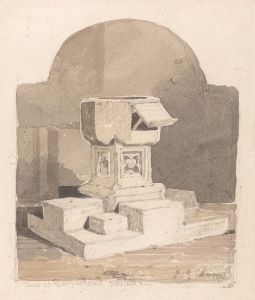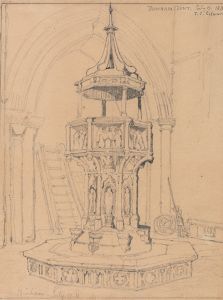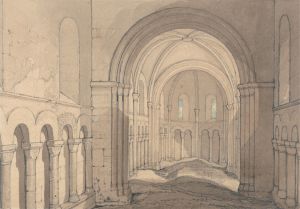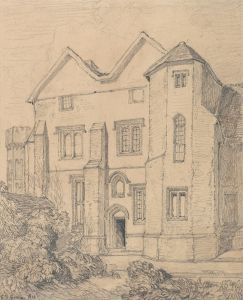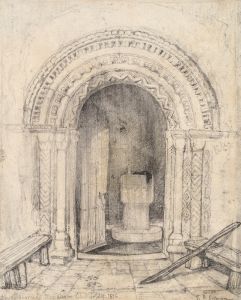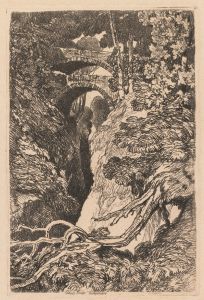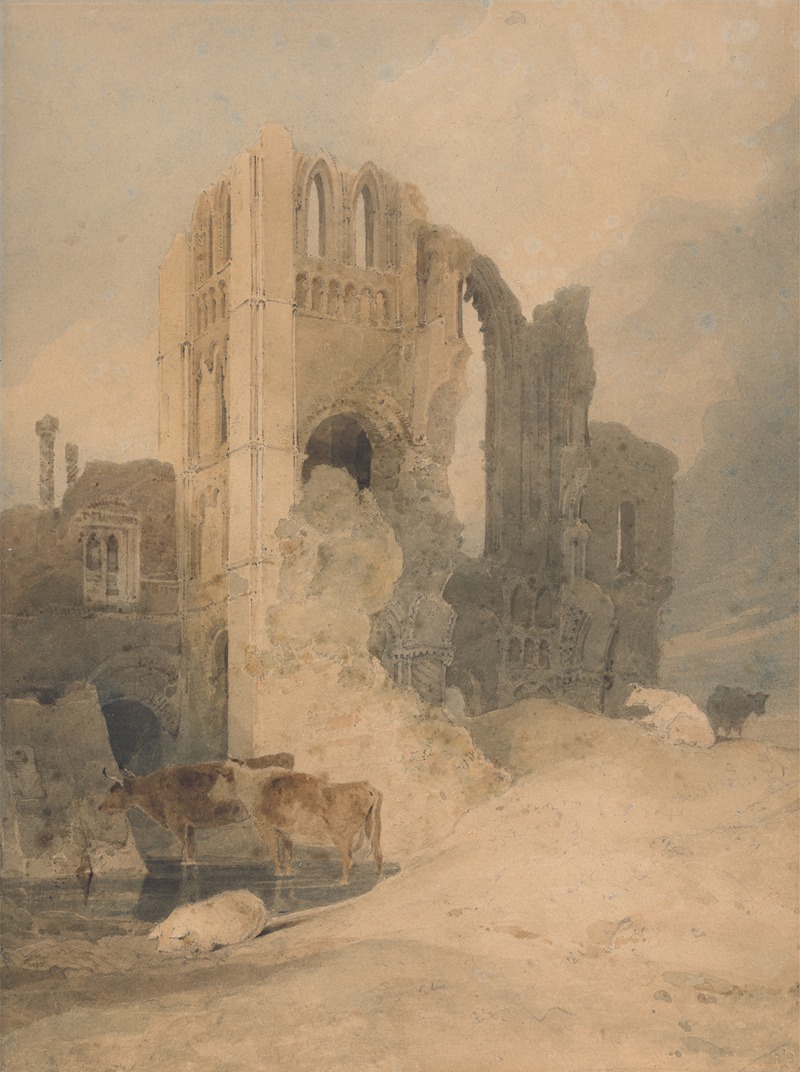
Castle Acre Priory, Norfolk
A hand-painted replica of John Sell Cotman’s masterpiece Castle Acre Priory, Norfolk, meticulously crafted by professional artists to capture the true essence of the original. Each piece is created with museum-quality canvas and rare mineral pigments, carefully painted by experienced artists with delicate brushstrokes and rich, layered colors to perfectly recreate the texture of the original artwork. Unlike machine-printed reproductions, this hand-painted version brings the painting to life, infused with the artist’s emotions and skill in every stroke. Whether for personal collection or home decoration, it instantly elevates the artistic atmosphere of any space.
John Sell Cotman was a prominent English artist and a leading member of the Norwich School of painters, known for his landscape watercolors and etchings. One of his notable works is "Castle Acre Priory, Norfolk," which captures the historical and architectural essence of the Castle Acre Priory, a significant monastic site in Norfolk, England.
Castle Acre Priory was founded in 1090 by William de Warenne, the 2nd Earl of Surrey, and his wife Gundrada. It was established as a Cluniac priory, a branch of the Benedictine order, and became one of the most important monastic sites in medieval England. The priory was dedicated to St. Mary, St. Peter, and St. Paul and was part of a larger complex that included a castle and a village, all of which were integral to the development of the area during the Middle Ages.
Cotman's depiction of Castle Acre Priory is a testament to his skill in capturing the interplay of light and shadow, as well as his attention to architectural detail. His work often reflects a deep appreciation for the historical and cultural significance of the sites he painted. In "Castle Acre Priory, Norfolk," Cotman employs a delicate palette and precise lines to convey the grandeur and tranquility of the priory ruins. The painting is characterized by its atmospheric quality, which is achieved through Cotman's adept use of watercolor techniques.
The ruins of Castle Acre Priory, as depicted by Cotman, highlight the intricate stonework and the imposing structure of the priory church, which was a central feature of the monastic complex. The priory's architecture is a fine example of Romanesque style, with later Gothic additions, and Cotman's rendering captures these elements with fidelity and artistic sensitivity. The painting not only serves as a visual record of the priory's architectural features but also evokes a sense of the historical continuity and the passage of time.
Cotman's interest in medieval architecture and ruins was part of a broader 19th-century fascination with the Gothic revival and the romanticism of the past. His works often reflect a sense of nostalgia and an appreciation for the historical landscapes of England. "Castle Acre Priory, Norfolk" is no exception, as it embodies Cotman's ability to blend historical accuracy with artistic expression.
The painting is part of Cotman's extensive body of work that includes numerous studies of English landscapes and architectural sites. His contributions to the Norwich School of painters were significant, as he helped to elevate the status of watercolor as a medium and influenced subsequent generations of artists. Cotman's legacy is evident in the continued appreciation of his works, which are held in various collections, including major museums and galleries.
In summary, "Castle Acre Priory, Norfolk" by John Sell Cotman is a distinguished example of early 19th-century English landscape painting. It reflects Cotman's mastery of watercolor, his attention to historical detail, and his ability to convey the beauty and significance of England's architectural heritage. The painting remains an important part of Cotman's oeuvre and a valuable representation of the historical site it depicts.





